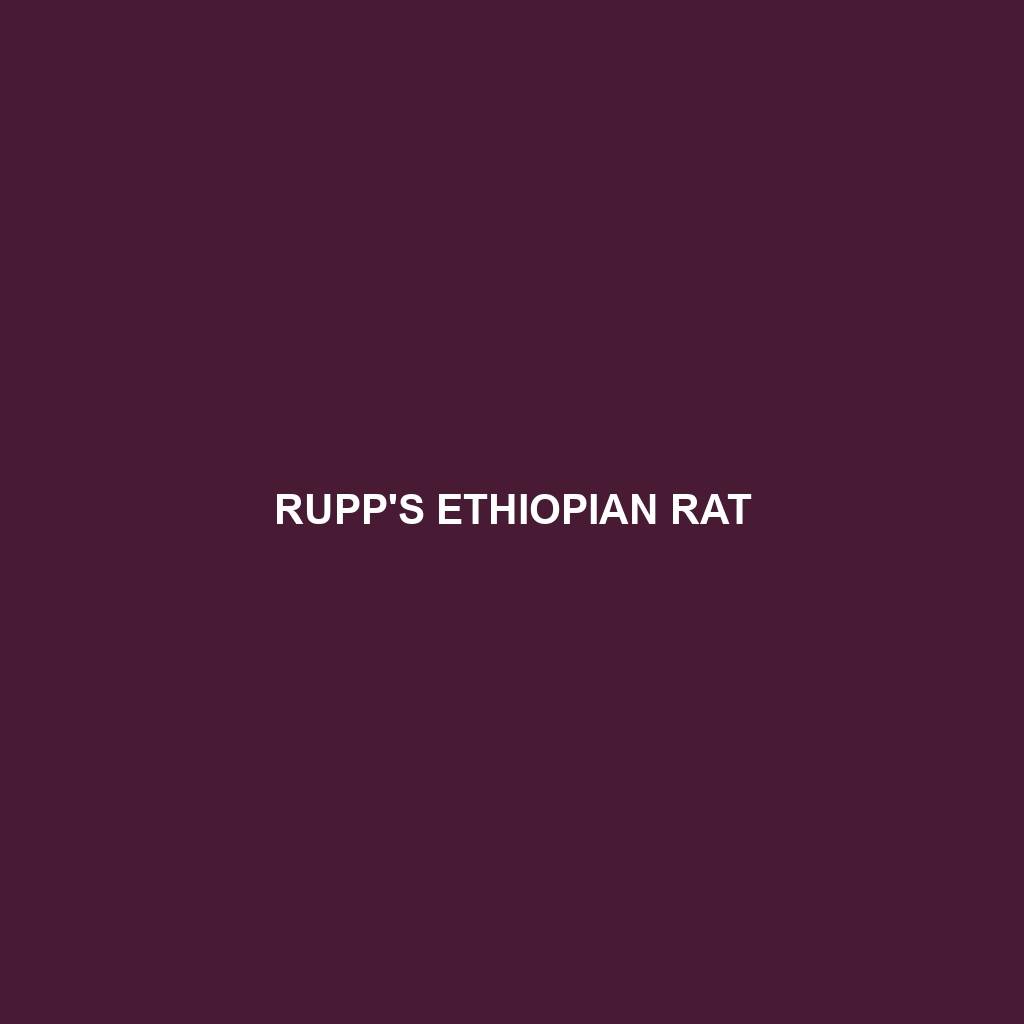Greater Ryukyu White-toothed Shrew
Common Name: Greater Ryukyu White-toothed Shrew
Scientific Name: Crocidura tanakae
Habitat
The Greater Ryukyu White-toothed Shrew is primarily found in the Ryukyu Islands of Japan, particularly on the islands of Okinawa and Amami. This species thrives in diverse environments, including subtropical forests, grasslands, and agricultural areas. It prefers habitats with ample vegetation cover, which provides shelter and foraging opportunities.
Physical Characteristics
This small mammal typically measures between 10 to 15 cm in body length, with a tail that can be slightly shorter than the body itself. Its fur is generally a soft grayish-brown, with lighter underparts and a distinctive white-toothed appearance that gives it its common name. The Greater Ryukyu White-toothed Shrew features a pointed snout and relatively large eyes, which are adaptations for its nocturnal lifestyle.
Behavior
The Greater Ryukyu White-toothed Shrew is primarily nocturnal and is known for its secretive, solitary nature. It exhibits high levels of activity during the night, foraging for food and utilizing its keen sense of smell to navigate its environment. This shrew is territorial, often marking its habitat with scent to ward off potential intruders.
Diet
This insectivorous species primarily feeds on insects, worms, and other small invertebrates. It plays an important role in controlling pest populations by preying on a variety of creatures, including larvae and beetles. The Greater Ryukyu White-toothed Shrew’s feeding habits also include seasonal foraging, taking advantage of the availability of food sources throughout the year.
Reproduction
The breeding season for the Greater Ryukyu White-toothed Shrew typically occurs from spring through early summer. Females usually give birth to litters of 3 to 5 offspring after a gestation period of approximately 3 weeks. The young are born blind and helpless, relying heavily on their mother’s care during the first few weeks of life.
Conservation Status
The Greater Ryukyu White-toothed Shrew is currently classified as Vulnerable by the IUCN Red List. Habitat loss due to urbanization, agriculture, and deforestation poses significant threats to its populations, making conservation efforts critical for its survival.
Interesting Facts
This shrew is notable for its unique ecological adaptations, including its ability to tolerate a wide range of habitats. The Greater Ryukyu White-toothed Shrew is also an important indicator species for the health of its ecosystem, as its presence reflects the biodiversity of its environment.
Role in Ecosystem
The Greater Ryukyu White-toothed Shrew serves an essential role in its ecosystem as a predator of insects and other small invertebrates. By controlling pest populations, it helps maintain ecological balance. In addition, its interactions with various plant and animal species contribute to the biodiversity of the Ryukyu Islands, highlighting its importance in supporting a healthy ecosystem.
